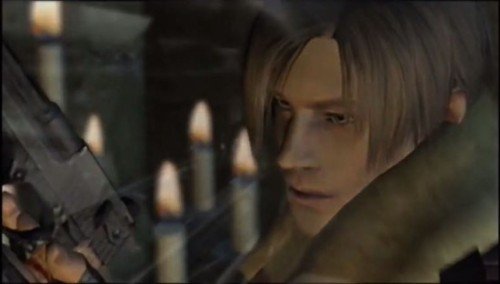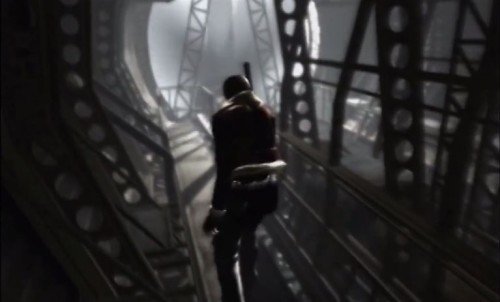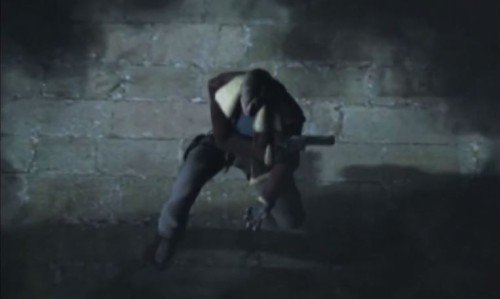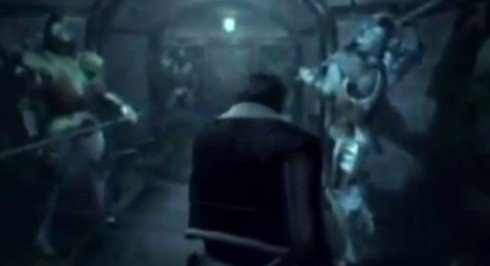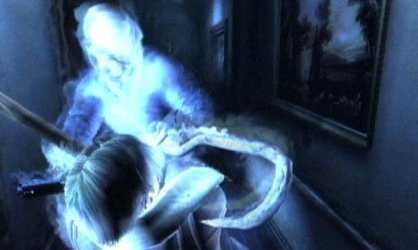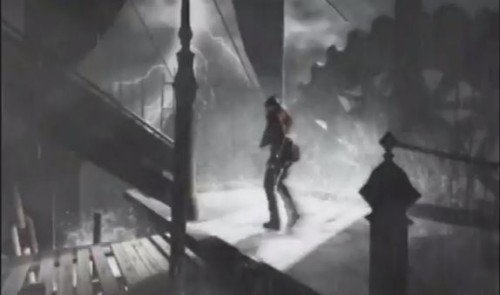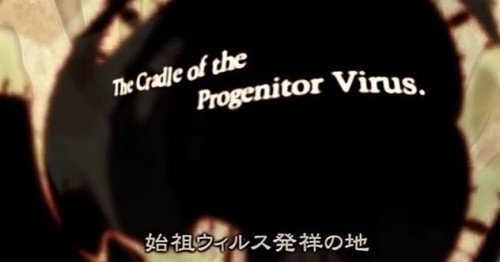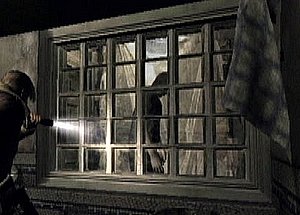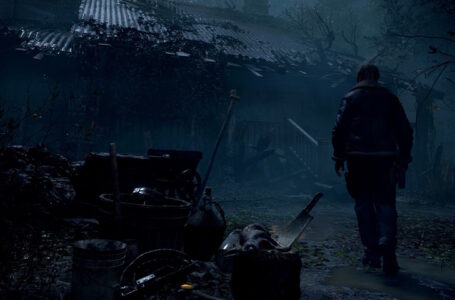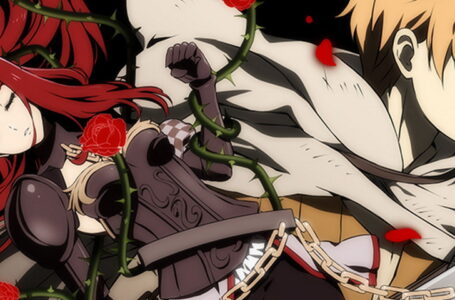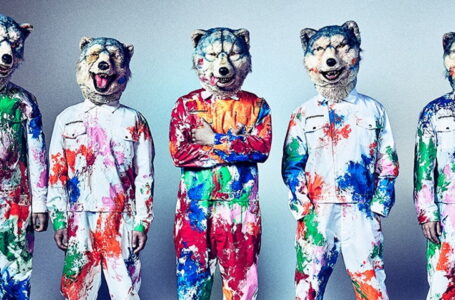The Resident Evil 4 that never was
Resident Evil 4 is one of the most influential games of all time. Raising the bar for quality significantly at the time – it’s fair to say that third-person action games were never the same again after it’s release. It’s well known that RE4 underwent a huge revision before the version we know today. This is the story of the Resi 4, that never was.
Below is an abridged transcript of an interview with Yasuhisa Kawamura – Scenario Writer for Resident Evil 3, and the subsequently revised Resident Evil 3.5- the game which went on to become Resident Evil 4.
Yasuhia Kawamura (YK): Before answering the questions. I should point out that all the things said in this interview are my subjective views. I am confident that I remember things in detail, but one’s memory may not be the same truths as others. Please clearly specify that my answers here are my personal experiences, my own thoughts then, and merely personal opinion focused on one of the facts.
Since the facts have long gone in the past and there is only a little information to verify now, please do not take everything I say is the absolute truth. In a way, my stories are like stories of war veterans. There are accomplices, supporters and spectators in a war and they tell their stories from different angles…
Had the ‘Castle/Fog’ version been completely cancelled before you then went on to develop a new version called the Hookman/Hallucination’ version?
YK: Firstly, to answer the question, there was no such thing as a “version” in our production. Usually, in the development of cinematic games, a game system is integrated into a world view and stories which are already defined, but this was not the case for BIOHAZARD4.
Our priority was to build a “game system and situation that give fright and horror” first, therefore both the Hookman and the Fog were essentially trail and error ideas that we thought of implementing – which ultimately didn’t appear in the final version, of course.
In terms of the order in which things progressed, the Fog scenario came first – it was the most established – then the Hookman element came second.
However, the when the hookman was introduced, the story, the concept of the Fog and the Castle, where Leon that kept fighting while an illness was destroying him, was passed on. So although the Fog was replaced with the Hookman it stayed in the game as an expression of Leon’s illness.
Also the mechanic where Leon could view a hallucinatory or spirit world and fight against its residents when the fog filled in the room, was considered then too.
Shibata the director had a very clear concept which he described as “seeking the horror”.
He had the image of “the horror of mogaki – or ‘struggling’. It can be difficult to translate this “mogaki” word into exact meaning, but it is a situation that you try to wriggle with your whole body in fear, but cannot escape.
He seemed to want me to create not just physical “mogaki”, but rather a state where Leon can not resist mental or psychological pains and difficulties. A kind of “mogaki” that’s at once mental as well as physical.
This “mogaki” was used as the key concept within the production team frequently as the keyword created by Shibata. In fact, the word “mogaki” is sometimes displayed during the continuous pressing of buttons to escape from the enemies in actual Biohazard 4 game. Unfortunately, is not to be seen in non-Japanese version, as the word is not translated into other languages.
Shinji Mikami, the producer, also stated Biohazard was a ‘horror game’, and often demanded a production that was revolutionary in horror games the concept he used was that of “full model change” from the beginning of biohazard 4 production.
Mikami first wanted something like “The Thing” – where you could not tell who was the enemy and who was a friend. I suggested a system where the game was about “fears and doubts” but recapturing that essence in a game structure proved very difficult, so it fell through.
In such trials and errors I had some world views and concepts for game systems to test, and I thought they would be suitable to express the “horror” that Shibata was searching for. The idea of hallucination – to be able to see into another plane of reality – was one of them.
In the winter of 2002, I gathered the staff and showed a scene from a film.
It was a scene from “”Lost Souls” by Janusz Kaminski where the room started corroding blue and a killer started emerging while the main character was washing his hand at the sink.
This scene, this hallucinatory vision from the character, and the way the room changed in real time moved me very much emotionally. So I brought up the idea of attempting this in a game.
First, I suggested that the main character travelled into a hallucinatory world which was caused by something caught in his vision, a trigger of horror.
The first thing I wanted to create was the structure that the world would transform into a horror hallucination world in real-time when viewing pictures points of interest or letters and so forth. These would become triggers and as a means of seeing the story with clarity – understanding the truth behind the scenario – or seeing another truth outside the ‘real world’ scenario.
It was very interesting but was extremely difficult – as it meant, effectively having two different worlds in one, operating simultaneously in real-time – which was a hard given the memory restrictions and hardware specs in those days.
In the process of resolving those problems, ideas from other staff were adopted and the black fog, Leon’s monstrous arm and the Hookman appeared in improvements and experiments.
There were many experiments and proposals, such as peeling skins off an enemy when attacking for example.
What is the LINK between Leon’s infection and the monster with tentacles that chases him ? This monster looks very similar to a different monster called UROBORUS, from a later game called Biohazard 5 – is this just a coincidence ?
I have no knowledge of Uroborus. The Black Fog is collection of viruses (gathered to form a bacteria sized entity) and they behave as if they have intelligence. The tentacles might be a hallucination and they might not be.
Uroborus virus was created from BIOHAZARD 5. According to the setting I had left, the primal virus was a superhuman virus found in an ancient human fossil at the archeological site in the underground of Spencer’s castle. The virus could not be applied to modern humans, then the T-virus was created in the process for adaptation. However, while the t-virus could cause mutation, mutated beings could not thrive as a species (they could not breed), so there was no more effect than growing biological weapon by clones.
So, in order to transcend T-virus, Dr. William Birkin developed G-virus. The concept of G-virus was so revolutionary, because G-being would stablise after mutation then they can breed with other G-beings from the same spicies by having sex.
What makes the Dolls and the Hookman enemies move and attack Leon ? Are they not really moving because they are just hallucinations, or are they REAL ? Also, are they B.O.W.s (Bio-organic weapons) OR are they ‘secondary infectants’, not manufactured but infected by mistake)
They are hallucinations of Leon’s. Some are real hallucinations and some could be B.O.W. or enemies in the real world, but they are far from the reality since it is Leon seeing those when he is delirious. However, they die when Leon dies.
You hear a story that a person develops a blister when he is hyponotised to believe that he’s burnt. That was the kind of concept that we aimed to apply.
There was ANOTHER version after your ‘Hookman/Hallucination’ version which was called ‘Zombie’ version, and had zombies in it, but it was never shown to the public…
I don’t know about anything after I left. We had the prototype of Ganados while I was still there. Originally it was applied from the idea of “doubts and fear” horror of who was who, like “The Thing”.
It was called “Doba man” because their faces would suddenly split and show the real identity. (Doba is an imitative word describing a sudden movement) It was me who thought of what it was called, since the model was built first for Ganado and I then I put a lot of thought into it – experimenting with the “Doba man” as a project.
This interview was published with the permission of Crimson Head‘s George Trevor, who approached Rice Digital to assist with the translation of his interview. This interview represents just a portion of the full interview – and the full story behind Resident Evil 3.5 – the version of Resident Evil 4 that never was.
You can find a hugely detailed look at the development of this Resident Evil, as well as the full transcript of this interview HERE.
- Waifu Wars 2015 – full bracket revealed! - November 18, 2015
- Watch the Revolution 2015 Live Stream HERE! - November 5, 2015
- World Exclusive first play of Nitroplus Blasterz PS4 at Revolution 2015 - November 5, 2015



